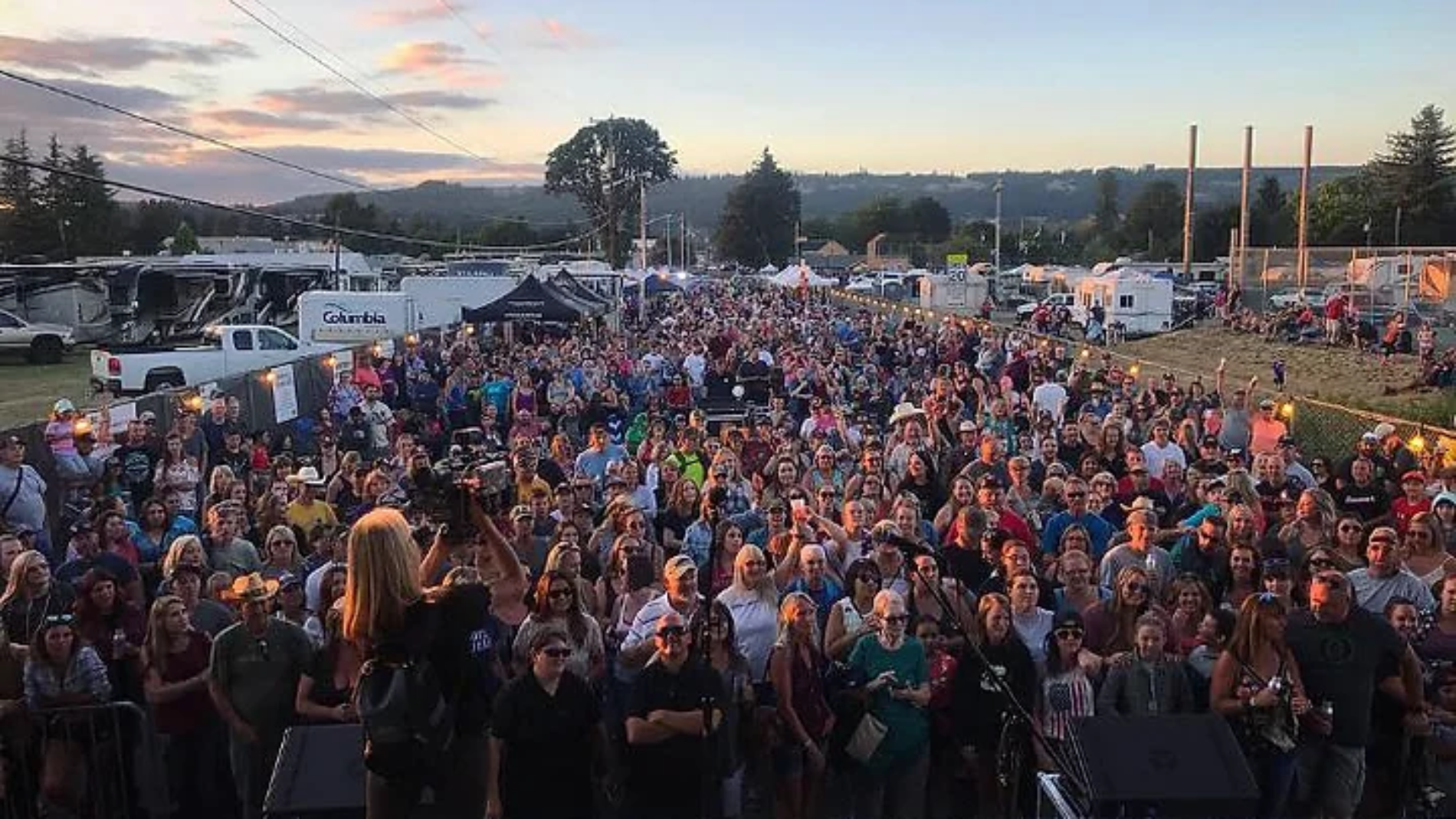In this edition of Small Event, Big Sponsorships, I want to cover the three main types of sponsors that you will deal with: Super Fans, Community Contributors, and Business Decision Makers. Understanding the different sponsor types will not only allow you to adjust your prospecting approach, but also help you find your sweet spot when it comes to successfully producing your small event.
First, let’s look at these sponsor types, then I’ll explain how you can apply this understanding to successful prospecting.
1) The “Super Fan.” This is someone who has sponsorship decision-making power and loves your event or what you stand for. Here’s an example of a Super Fan. A commercial contractor sponsors a 10K race, not because it’s a good fit for his company, but because he has a passion for running and wants to be a part of the race. He isn’t making a sponsorship decision based on generating a strong return on his investment; he is basing his decision on his personal emotions about the event.
You’ll see this a lot with events that have board members or committee members whose companies help sponsor the event. These board or committee members have a personal commitment to the event and are willing to help sponsor because they want it to succeed.
2) The “Community Contributor.” This is one of the most common types of sponsors for smaller events. These are the sponsors who like to support their community and believe it’s good business to back community events through in-kind or cash sponsorships. Most Community Contributors have budgets set aside to sponsor events that they believe align with their values and the communities where they work.
Community Contributors are your local banks, real estate agents, mortgage lenders, grocery stores, or others who have a successful local business and are connected to the community. These sponsorships may not always seem like the most logical supporters for the specific type of event, but they still want to be a positive part of their community. They recognize that this supportive community image can produce a strong ROI (return on investment) over time.
3) The “Business Decision Maker.” These businesses choose to sponsor an event because they expect a measurable ROI. They look at their sponsorships as an investment. They have measurable goals that they expect the event sponsorship to help them reach. They usually have a marketing team behind them and are very clear on the target audience and patron that they want. This type of sponsorship is typically tied to bigger dollars and generally targets larger events. Examples of this sponsor type would be national brands such as credit cards, vehicle brands, and beverage companies.
Understanding the Why’s of Sponsors
Understanding your prospective sponsor is key in knowing how to approach them. You need to recognize the “why” behind their sponsorship decisions so that you can better determine where your event fits in. If you are a small event, you probably rely heavily on Super Fans and the relationships that are built with you and your team while producing the event. Community Contributors are another big supporter of small events, and if you aren’t reaching out to them, you should.
Community Contributors are great sponsors for smaller events because this is where they thrive. Find those business within your area that sponsor other community events, or those who do local radio and television advertising. When you’re watching TV, listening to the radio, or pass a billboard, write down every local advertiser you run across. Also, check out local events and see who sponsors them. This is where you will start to find those Community Contributors.
Community Case Study
Last year we worked with a first-time event — a free community block party expecting 1,000 attendees or less. This event had quite a few expenses that had to be covered, like the stage, talent, and security. Our team was tasked with producing $15,000 in sponsorships. While this wouldn’t be that much to secure for a larger event, it was a lot for a small, first-time event that had no history of success.
To effectively pull this off, we focused on the Community Contributors. We researched and approached those businesses who were serving the area where our event was going to take place. When we approached these community businesses about sponsoring, we pitched the block party as the beginning of a free community event. We also stressed that we couldn’t do it without the help of local business leaders like them, and that their sponsorship would positively resonate with all those attending.
Now I don’t want to tell you it was easy or a slam dunk, because it wasn’t. We had to do a lot of reaching out and received many referrals from our Super Fans. But it worked. Not only did we hit our goal, we actually raised closer to $35,000! It was all done with local community businesses in a town that only had a population of 8,000 people. Now, in full disclosure, we did secure $7,000 in sponsorships from two national brands tied to the beverages that were being served at the block party. (This is something I always recommend.) Still, most of the money was local.
As a small event, you may feel a bit lost when trying to figure out who to approach for sponsorship. My advice is to first understand the type of sponsor you are reaching out to and plan accordingly. You can’t approach them all in the same way, but you can most definitely approach them all!
Please feel free to reach out to us at [email protected] if you have questions or suggestions for future topics!
This article was written by Teresa Stas and was originally published in the International Festivals & Events Association “i.e.: the business of international events” quarterly magazine May 2019.
The premiere association supporting and enabling festivals and events worldwide. For more information on the IFEA, go to: www.ifea.com.

